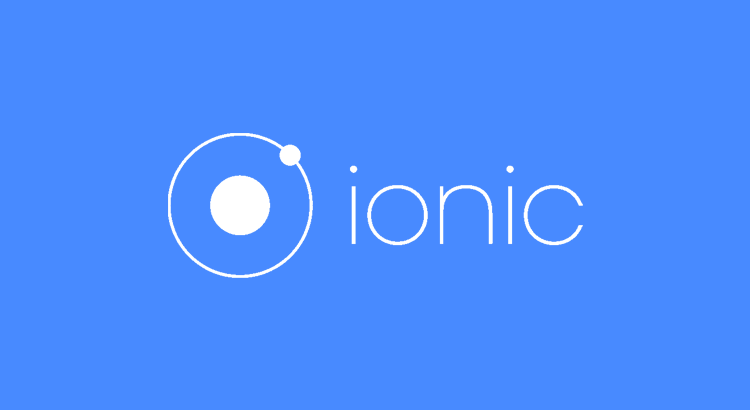- Published on
Ionic 3 tipcs you might need in your native applications
- Authors

- Name
- AbdulHafeez AbdulRaheem

Ionic is one of the most used cross-platform app development frameworks. With Ionic 4 beta out, you can now integrate ionic with your favorite front-end frameworks (Angular, React, Vue, etc).
Making your Ionic app look native and feel native is what ionic developers strive for, as an Ionic developer the following hacks/tips can improve the user experience of your app to look more native.
- Using native transitions:
Native transitions make your app feel native when transitioning between pages.
https://ionicframework.com/docs/native/native-page-transitions/
- Showing notifications when downloading a file :
Using ionic file transfer and showing notifications can be a daunting task. Use the following Cordova plugin which would use the android download manager and show a download notification.
https://github.com/vasani-arpit/cordova-plugin-downloadmanager
- Displaying a loader when using the Ionic themeable browser plugin:
At some point in our application, we might be required to use an in-app browser, just to make your app feel more native and not breaking the user experience at that point. A common problem is to display a loader while the webpage is being loaded otherwise it might be blank. Using the Loading controller wouldn’t work. A quick fix is to use the ionic native spinner dialog.
- Using a custom status bar color :
The status bar is the notification bar of your app. Changing the color to your app primary color or something similar would make your app feel more native.
- Using a custom a header color :
The android multitask view allows you to change the header color. Using the ionic native plugin it improves the look and native feel of your app.
Conclusion
The above tips will improve the feel of your Ionic app and make it look more native, thereby giving your users a better app experience.